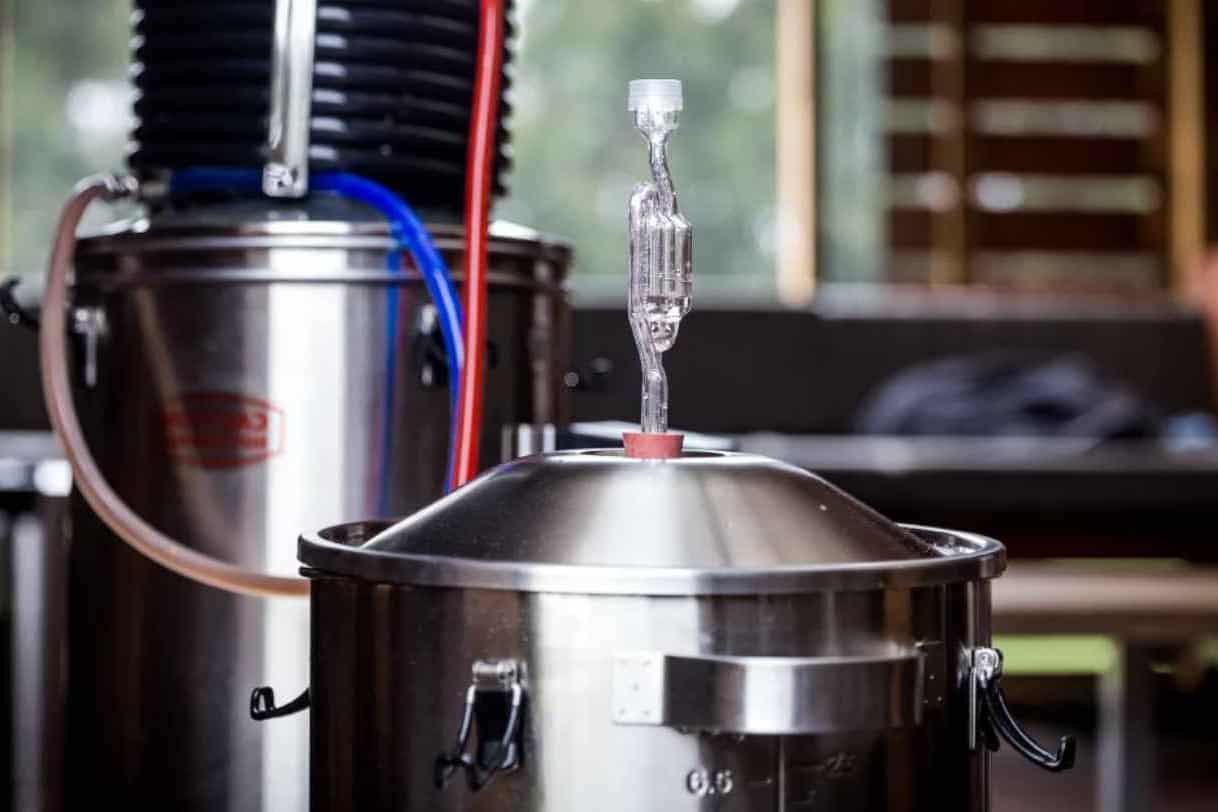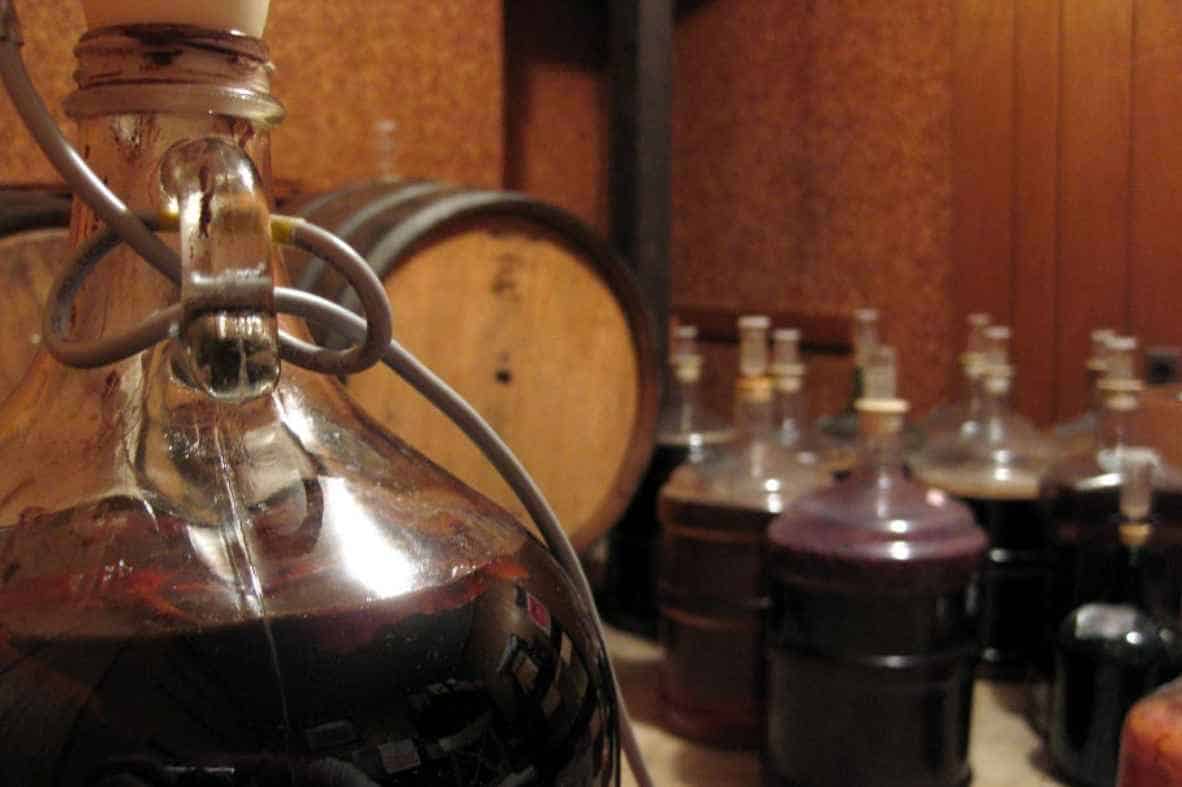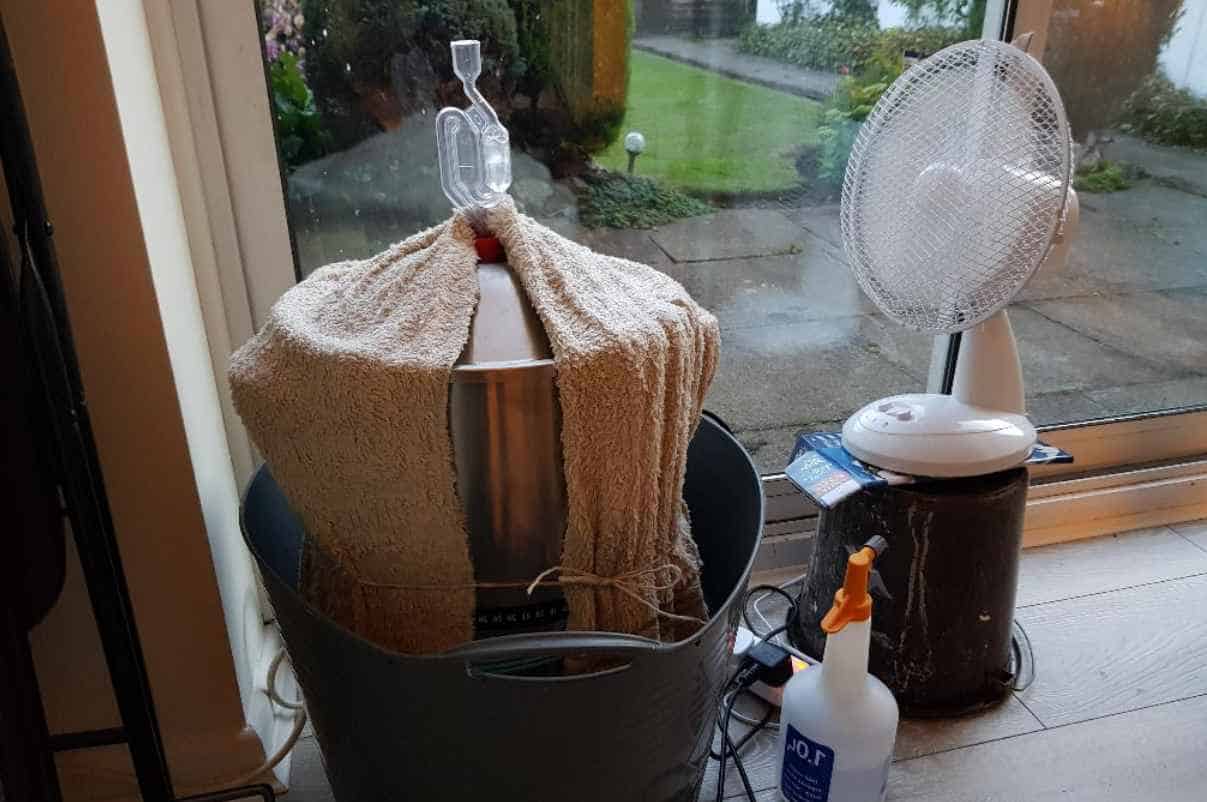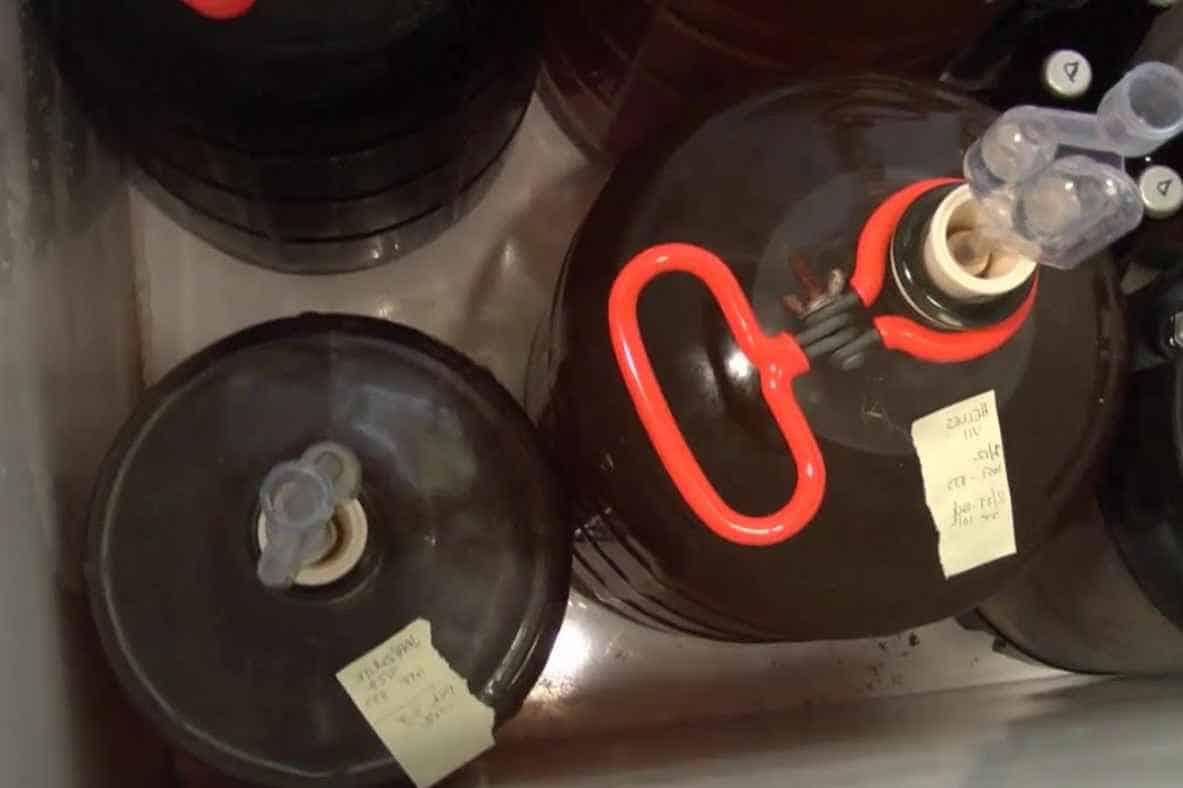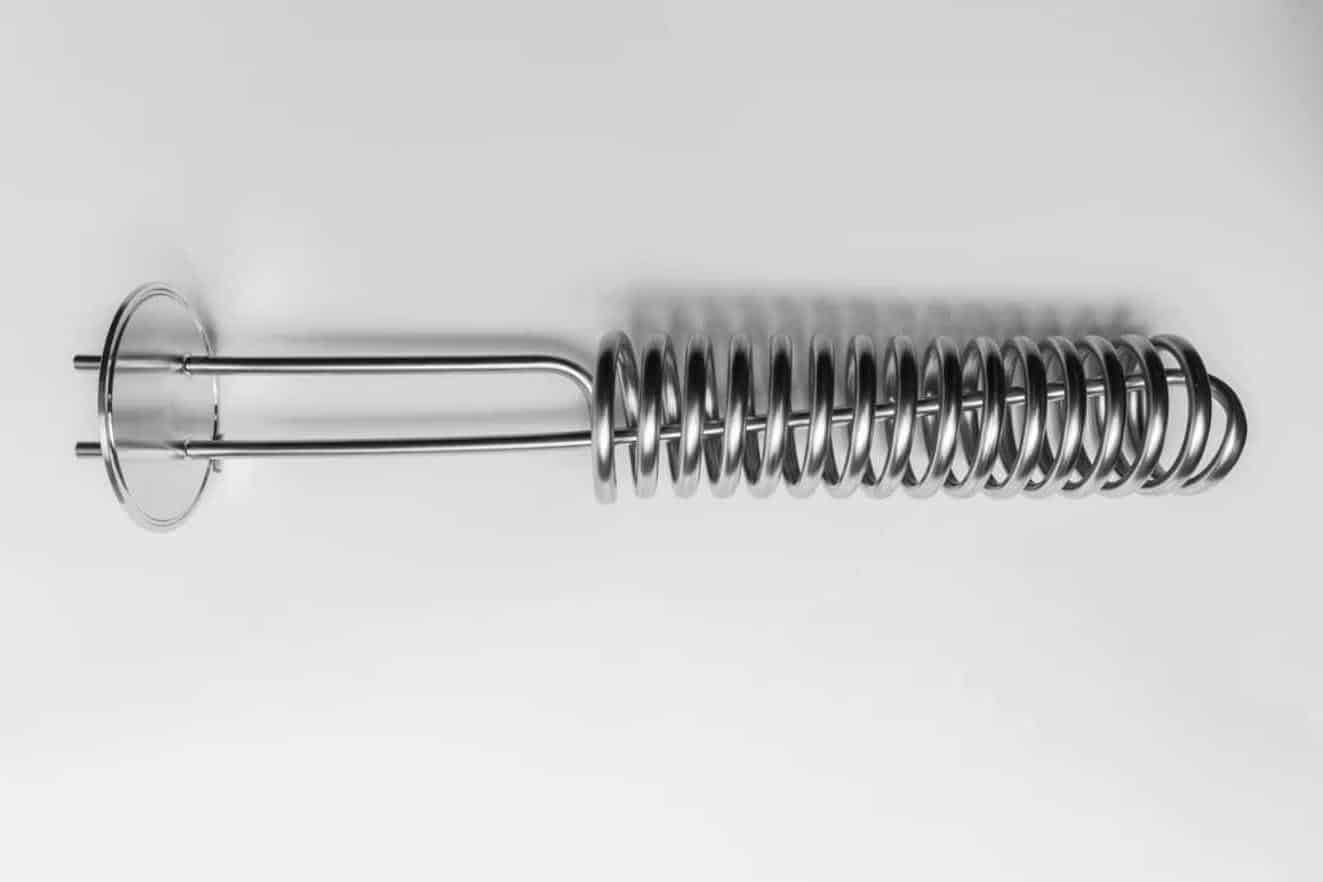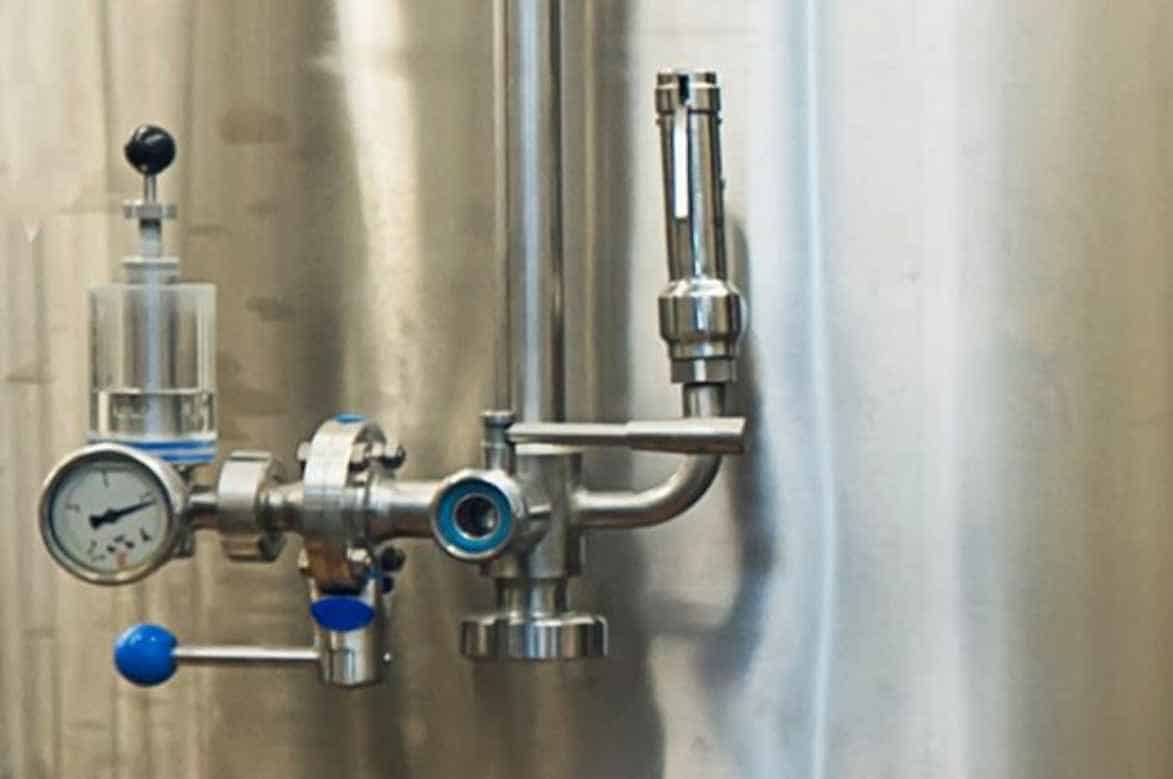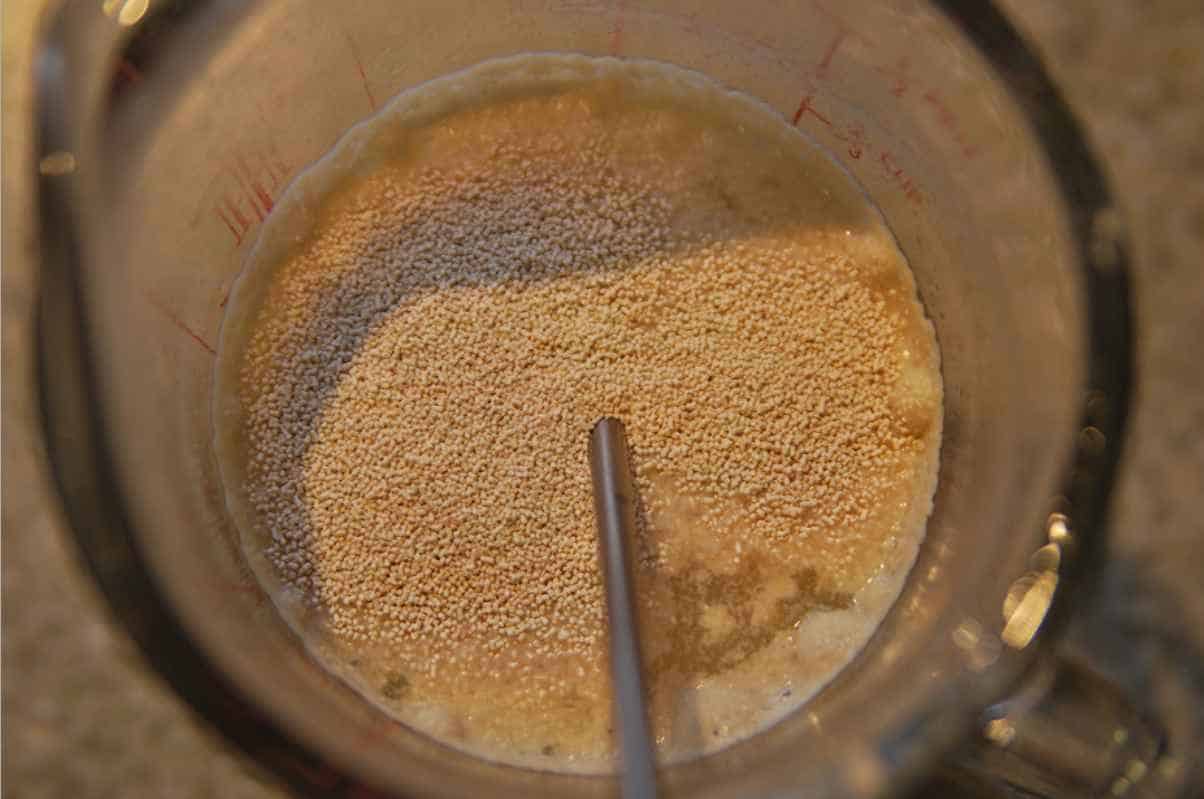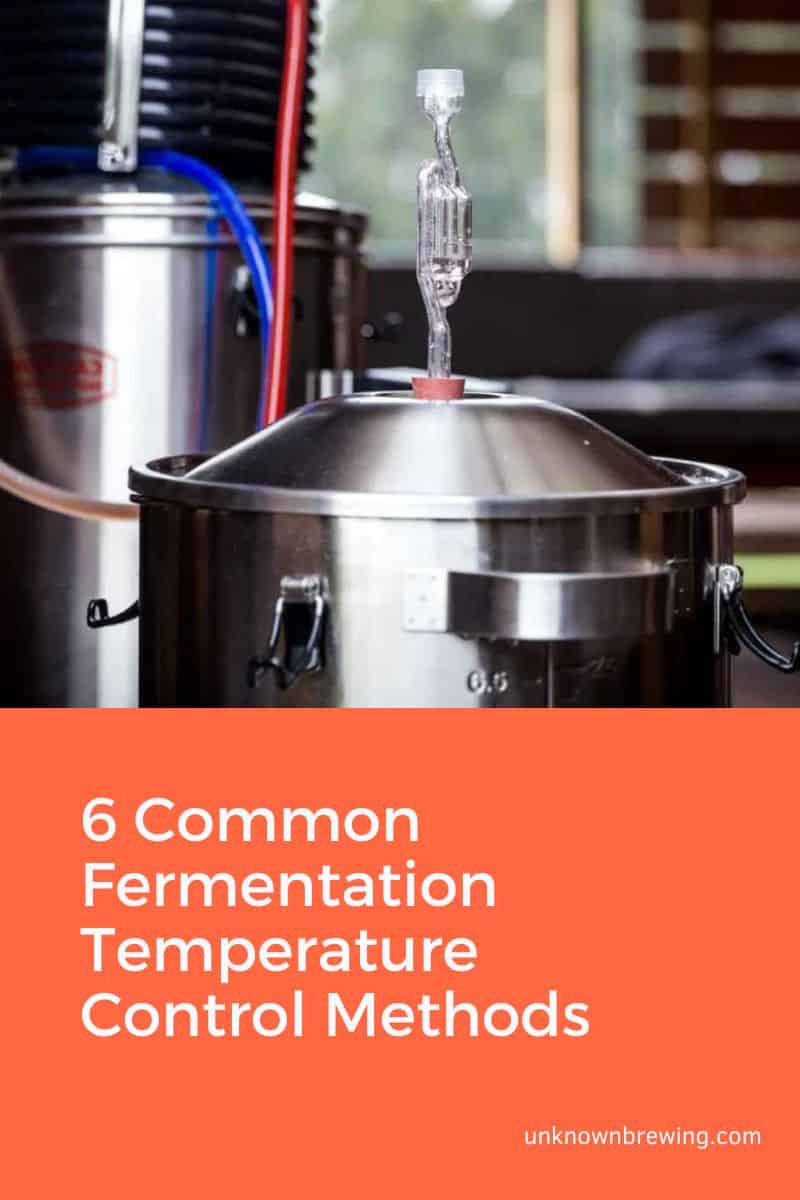In homebrewing, fermentation temperature control is one of the hardest things to pull off.
Fermentation is so temperature-sensitive that a slight deviation could lead to slow fermentation or emission of off flavors. While commercial heat exchange systems are effective, they are also expensive.
In this article, we’ll explore five affordable temperature control systems you can build or buy cheaply. And also, there’s a bonus entry at the bottom that you’ll surely enjoy.
The Room Temperature Method
We start with the simplest technique; using ambient room temperature. You can technically set the fermentation temperature if you have a thermostat in your house. While this method costs you nothing, it does come with a few warnings.
Room temperature does fluctuate during the day. The temperature changes outside will eventually affect the conditions inside.
Even with a thermostat, there will be a variation between the temperature in your fermenter and your ambient room temperature. Just because you set your thermostat to 60°F doesn’t mean that your wort is fermenting at the same temperature.
The inside of your fermenter will probably be 3-5°F hotter than your room temperature. Fermentation is an exothermic reaction, and it produces heat.
You can also skip the thermostat and brew with the season. An uninsulated room would be perfect for this fermentation temperature control method. This technique can also help you achieve steady high temperatures in the summer and consistently low temperatures in the winter.
The Swamp Cooler Method
A swamp cooler is a heat exchange system. The premise is simple; the swamp cooler uses the heat dissipated in fermentation to evaporate water soaked in a dump cloth.
To make a swamp cooler, you’ll need a bucket, some water, a towel, and a fan. Ensure that your bucket is big enough to accommodate your fermentation tank.
Fill your bucket almost half-full, then dip your fermenter into the container. Wet your towel with the water in the bucket the use the soaked cloth to cover the fermenter.
Ensure all the surfaces of the fermenter are covered, and your wet towel has contact with the water in the bucket. Finally, switch on your fan and point it to the bucket.
The dump towel uses the heat from the fermenter for evaporation. The fan speeds up the process by blowing away the newly formed water vapor so the process may continue. And since the towel acts as a wink, it will always remain wet as long as there’s water in the bucket.
Evaporation causes a cooling effect. It’s like climbing out of a pool and catching a breeze. The water on your skin uses your body heat for evaporation. As the heat is consumed, you end up feeling cold.
The swamp cooling technique is perfect for use in hotter climates. However, you may be unable to reach the low temperature that lagering requires, but you can achieve 10-15°F below ambient temperature.
The Chest Freezer Method
A chest freezer or a refrigerator is an effective fermentation temperature controller. Chest freezers are huge and will accommodate any fermenter. Hook up a temperature controller to the fridge, and you’ll be able to maintain a steady temperature.
Refrigerators also come with a lot of insulation, which you can use to trap heat. You can also slip in a small heater if you need higher temperatures.
What if you need low temperatures for lagering? It’s a freezer; turn it on and let the yeast do its thing.
Chest freezers work well when you have the space and budget for them. And you don’t have to buy them brand new; you can always find used examples on Facebook Marketplace, eBay, or Craigslist.
The Coil and Pump Method
These devices come in varying price points. The most affordable example is the Carboy Cooling System by Anvil, worth about $115. It comprises a stainless steel coil, a pump, and silicone tubes.
The stainless steel coil dips into your wort as it’s fermenting. The silicone tubes connect to the coil and act as inlets and outlets. The pump circulates your refrigerant through the system. You can either use water or glycol as your refrigerant.
The Pressure Fermentation Method
Pressure fermentation involves adding 5-15 PSI of pressure to a fermenter. The extra pressure raises the temperature in the vessel, way above what is recommended for that particular yeast.
Pressure fermentation works well for lagers. Instead of dropping the temperature to 50°F, you can continue brewing at 75-80°F with applied pressure.
Pressure fermentation prevents the yeast from producing fusel alcohols and undesired flavors associated with fermenting at high temperatures.
While an effective technique, pressure fermentation also mutes your yeast’s natural expression. It works in lagers and not so well in ales. However, it benefits New England IPA because it traps a lot of aromatics that would not survive fermentation.
Bonus: Choose a High-Temperature Yeast Strain
Instead of fighting temperature, why don’t you run with it? By choosing the right yeast strain, you can ferment beers at high temperatures without risking off-flavors.
One strain that works well is Kveik farmhouse yeast. Kveik yeast works well at temperatures of 77-104°F. It yields a clean beer with a fruity taste.
Below is a table of Kveik yeast strains and the aromas they produce:
| Strain | Temperature Range | Aroma |
| Voss | 65-100°F | Produces citrus notes at higher temperature ranges. |
| Hornindal | 70-90°F | Produces intense tropical aromas of pineapple, tangerine, and mango. |
| Lutra | 68-95°F | Clean lager |
| Espe | 68-98°F | Produces tropical aroma with pear fruit notes. |
Final Thoughts
Your ability to control fermentation temperature will affect the quality of your beer regardless of the season. With the techniques above, you can improve brew consistency without breaking the bank.
Which techniques do you use? If not, what method excites you the most? Please let us know in the comment section below.

As a homebrewer, Michael would get frustrated about the lack of brewing information on the internet. After hundreds of gallons of spoilt batches, Micheal had enough. And he founded Unknown Brewing as a resource for homebrewers.
